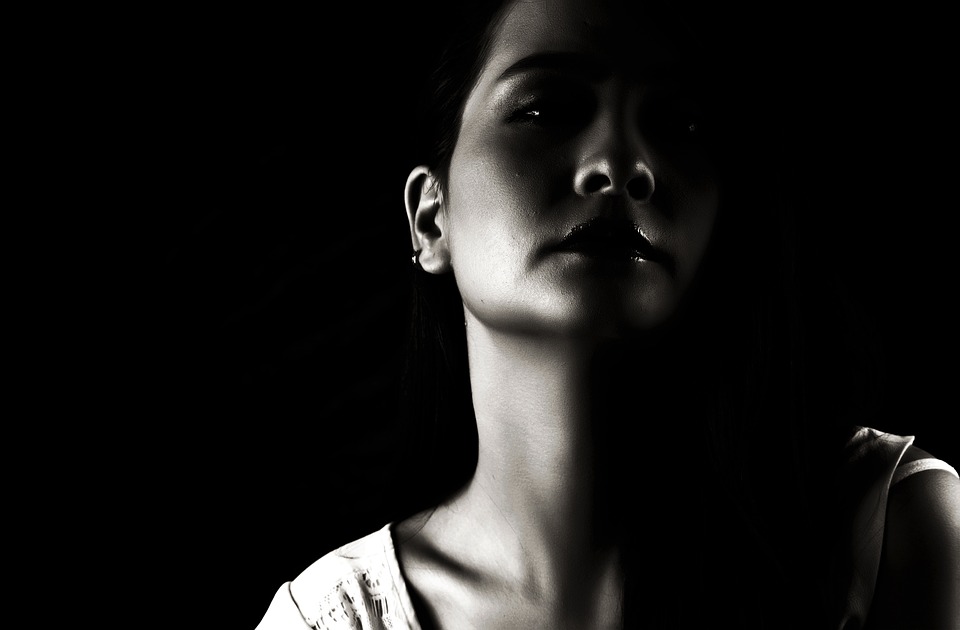Whether we realize it or not, most people have feeling of depression or anxiety at some point. There are many situations that come up during the course of life that contributes to these feelings: stress at your job, going through a divorce or break up, losing a loved one, financial stress and concerns and many more. These situations, when they occur, lead to feeling lonely, scared, sad, nervous, anxious, and sometimes all of the above all at once. These are perfectly normal reactions to dealing with the stress that we all feel in life.
Some people, however, deal with these types of feelings on a near daily basis for (it seems) little or no apparent reason. This can make it incredibly difficult to carry out normal, everyday tasks and follow normal routines. These feelings are a sign of depression or anxiety disorder or both. It is not uncommon for a person suffering from depression to also have anxiety disorder or vice versa. Almost 50% of those who are diagnosed with depression are also diagnosed with anxiety disorder. Even though this can seem insurmountable, the good news is that both are treatable, either separately or together.
Depression
The basis for depression is that with this condition a person will feel sad, discouraged, hopeless and unmotivated. A complete disinterest in life in general will many times accompany these feelings. Many people experience these feelings for short periods of time and just feel ‘down’ or have ‘the blues’. For these people, the feelings do not last and come in short burst. The person then moves on and continues living life normally after the symptoms subside. When these types of feelings last for weeks or months or even years, they are then a major depressive episode. When daily activities start to be affected on a continual basis, depression has set in. Things like taking care of your family, spending time with friends, going to work or to school, become unachievable, and this is how you know you are suffering from depression.
Depression is one of the most common disorders in the United States, but yet it is one that we like to talk about the least. Major depression affects the way a person thinks and feels, and behaves and functions, but it is treatable. An estimated 15.7 million adults over the age of 18 have reported experiencing at least one major depressive episode in the last year. That number represents nearly 7% of all adult Americans, both male and female. The lifetime risk for suffering depression is about 17% and at any given time 3%-5% of our population may be suffering from major depressive symptoms. This disease even affects young children and teens, as many as 2% of children and 8% of teens may have serious depression. This is why many people use Propranolol for depression.
There are three main types of depression or depressive disorders: major depression, persistent depressive disorder, and bipolar disorder. Any of these can also occur along with anxiety disorders.
Major depression can encompass some or all of these symptoms:
- Feelings of hopelessness, pessimism
- Feelings of guilt, worthlessness, helplessness
- Persistent sad, anxious or “empty” mood
- Difficulty concentrating, remembering, making decisions
- Loss of interest or pleasure in hobbies and activities, including sex
- Decreased energy, fatigue, feeling “slowed down”
- Restlessness, irritability
- Insomnia, early-morning awakening, or oversleeping
- Low appetite and weight loss or overeating and weight gain
- Thoughts of death or suicide, suicide attempts
- Persistent physical symptoms that do not respond to treatment, such as headaches, digestive disorders and pain for which no other cause can be diagnosed
These symptoms will occur over a two-week period (or longer) and these episodes are disabling. They will interfere with a person’s ability to work, eat, sleep study, or pay attention. Major depressive episodes such as this may happen as little as once or twice in a lifetime or they may occur and reoccur frequently. They can also be brought on spontaneously be an event such as a death of a loved one, a divorce or break-up, a medical illness or another stressful event. Sometimes people with major depression might feel like life is not worth living and will attempt suicide.
Persistent depressive disorder (also known as PDD) is a form of depression that occurs over a much greater length of time. This type of depression continues for at least two years and sometimes well beyond. It is less severe than major depression but it involves at least five of the same symptoms, the most common being poor appetite, low energy level, overeating, insomnia, or over-sleeping. People suffering from PDD also tend to be irritable, feel stressed, and have a hard time deriving pleasure from activities that they would have enjoyed previously.
Bipolar disorder (once known as manic depression) is characterized by extreme shifts in moods. Very severe highs to severe lows are common occurrences.
During the manic phase a person might experience abnormal feelings of elation, a decreased need for sleep, increased talking and racing thoughts, increased sexual appetite, increased energy and inappropriate social behavior.
During the depressive phase, these people suffer the same symptoms as those of major depressions. Mood swings are often gradual, but they can occur abruptly as well.
Anxiety Disorder
Anxiety and depression disorders are different but people with depression often experience anxiety as well. Anxiety is one of the most pervasive mental health issues that we are facing today and finding definitive causes can sometimes be difficult. Trauma, fears, and worries can cause anxiety as can other mental health issues, as well as substances. Many factors can lead to a person experiencing anxiety disorder.
The most common symptoms of anxiety disorder are:
- A decrease in energy
- A weakened immune system resulting in a person getting sick much more often and for longer periods of time.
- Insomnia
- Digestive issues including indigestion, diarrhea, and stomach cramps.
- Tooth aches, jaw aches, and headaches caused by a person clenching their jaws both when sleeping and awake.
- Over perspiring and shaking. This is a visible and often time embarrassing symptom of anxiety disorder.
- Loss of sex drive and performance
More than 3 million people suffer from anxiety disorder each year in the United States. The good news is that it is often self-diagnosable and treatable by a medical professional. Sometimes counseling is enough to help a person through anxiety disorder, but other times antidepressants are an option.
All age groups are subject to feeling anxiety and there are a number of self-help options for people from stress management systems to meditation. Support groups are often very helpful as well. Family and friends can often help simply by learning more about the specifics of anxiety disorder.




